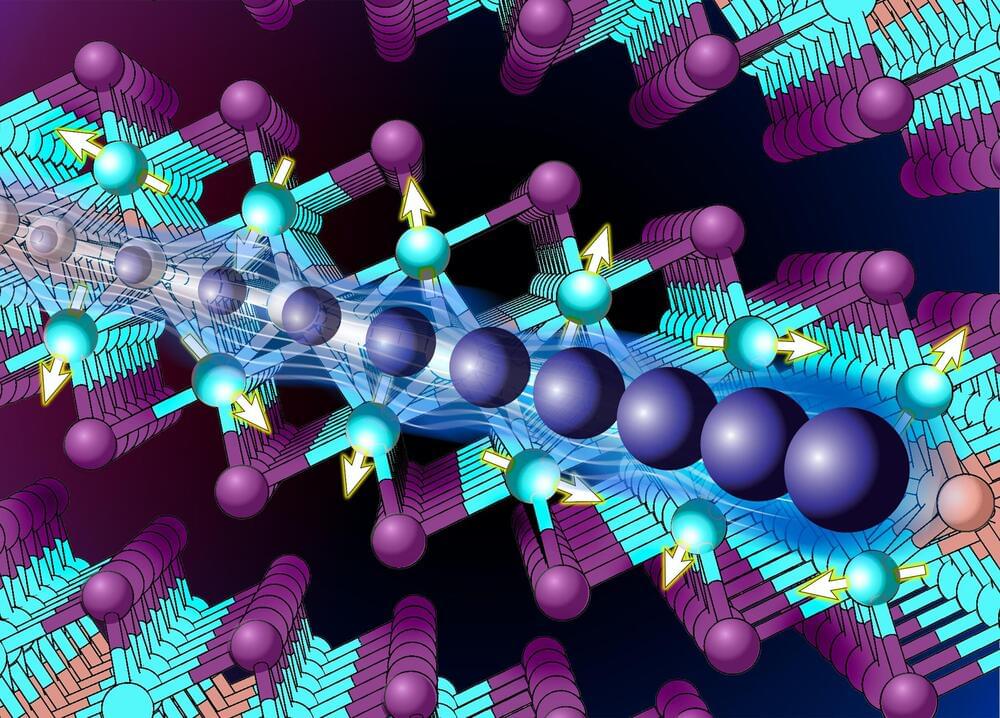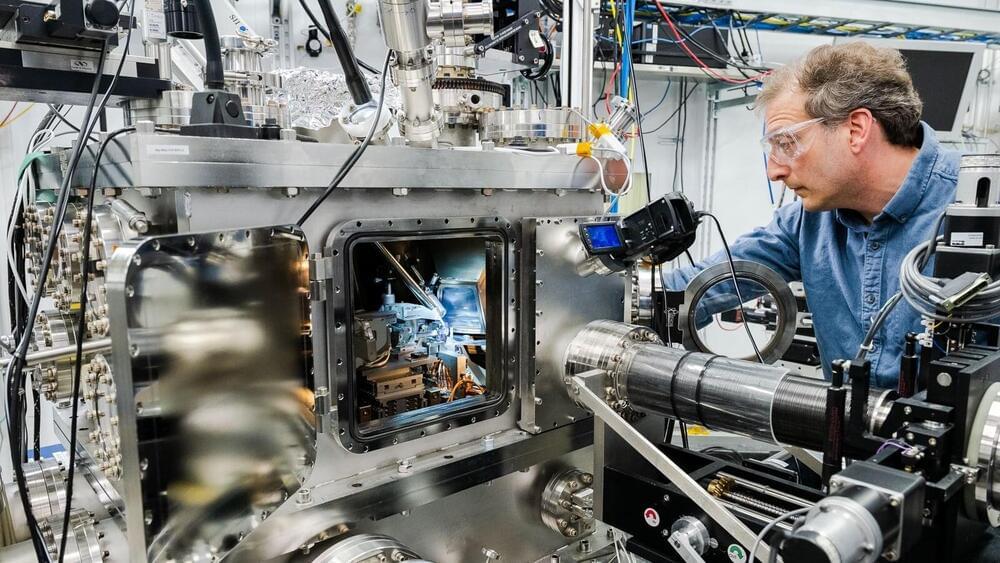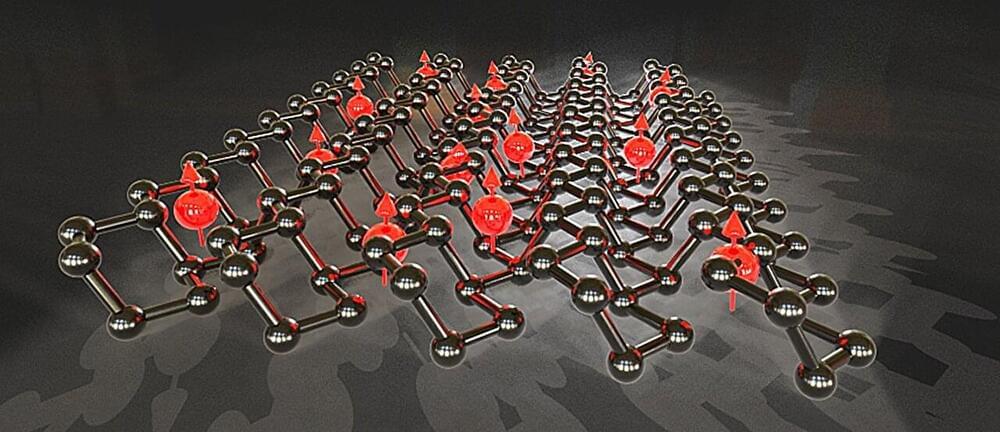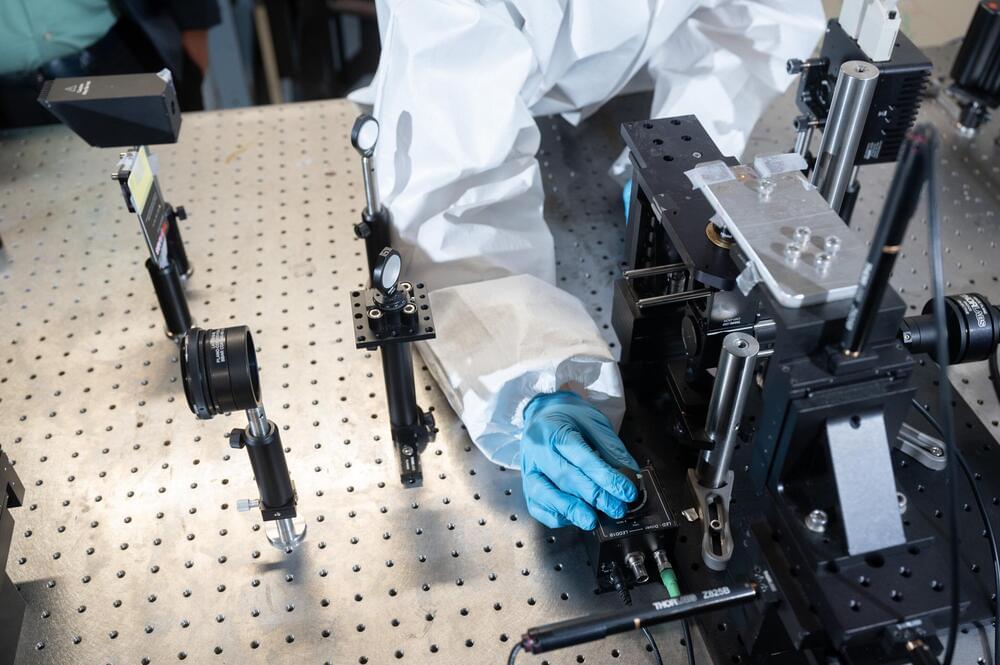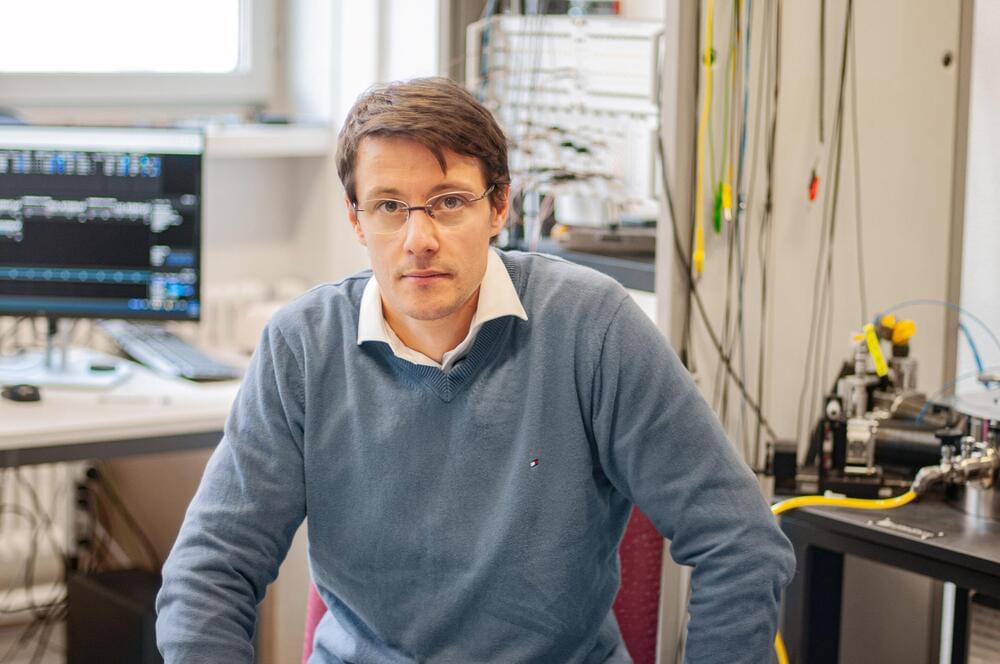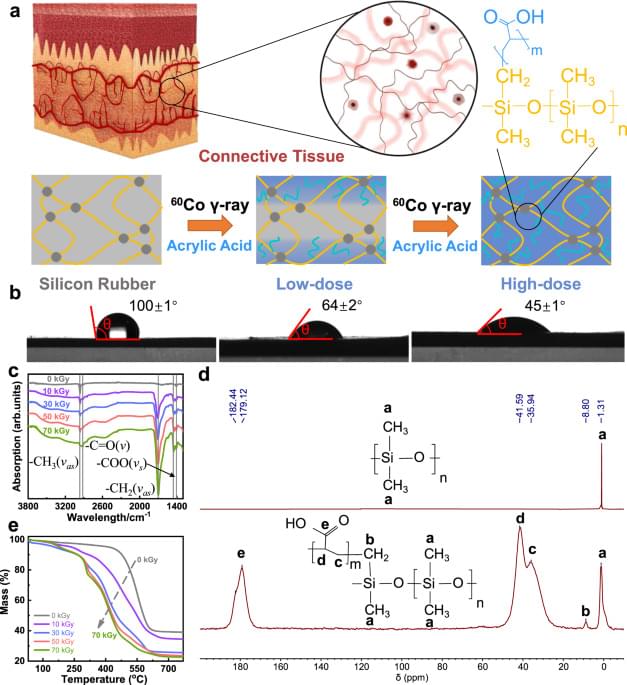This week’s image from the Hubble Space Telescope shows the aftermath of an epic explosion in space caused by the death of a massive star.
Some of the most dramatic events in the cosmos are supernovas, when a massive star runs out of fuel to fuse — first running out of hydrogen, then helium, then burning through heavier elements — and eventually can no longer sustain the outward pressure from heat caused by this fusion. When that happens, the star collapses suddenly into a dense core, and its outer layers are thrown off in a tremendous explosion called a Type II supernova.



